Legacy Blogs
Legacy Blogs

By marc beasley
•
May 1, 2024
Getting your driver’s license can be an exciting process, but also one that requires a lot of preparation and responsibility. The process varies slightly depending on where you live, but generally, these are the steps: Understand your State’s Requirements: Every state has its own set of rules and regulations for getting a driver’s license, especially for new drivers under the age of 18. The specifics can usually be found on your local DMV website. Take a Driver’s Education Course: Most states require teens to take a driver’s education course. These classes provide necessary knowledge about traffic rules, driver’s safety, and operating a vehicle. It often includes both classroom (or online) learning and driving practice. You can consider enrolling in a reputable driving school like CIS Driving School to get professional instruction. Apply for a Learner’s Permit: Usually, at the age of 15 or 16, teens can apply for a learner’s permit. This typically involves passing a written test based on your state’s driving manual. With a learner’s permit, you can practice driving, but usually under certain restrictions (such as having an adult present in the vehicle). Practice Driving: With your learner’s permit, spend plenty of time practicing driving. The more practice you get, the better driver you will be. Some states require a certain amount of practice hours before you can apply for a driver’s license. Take the Driving Test: After you’ve practiced driving and you’re confident in your skills, you can schedule your driving test at the DMV. The driving test usually includes a vision test, a written test (if not previously taken for your permit), and a practical driving test where you will drive with an instructor and be scored based on your abilities. Apply for Your License: Once you’ve passed the driving test, you can apply for your license. This usually requires paying a fee, and may include other requirements such as providing proof of insurance. Remember, getting your driver’s license comes with a great deal of responsibility. Always obey the rules of the road and be a safe, cautious driver.
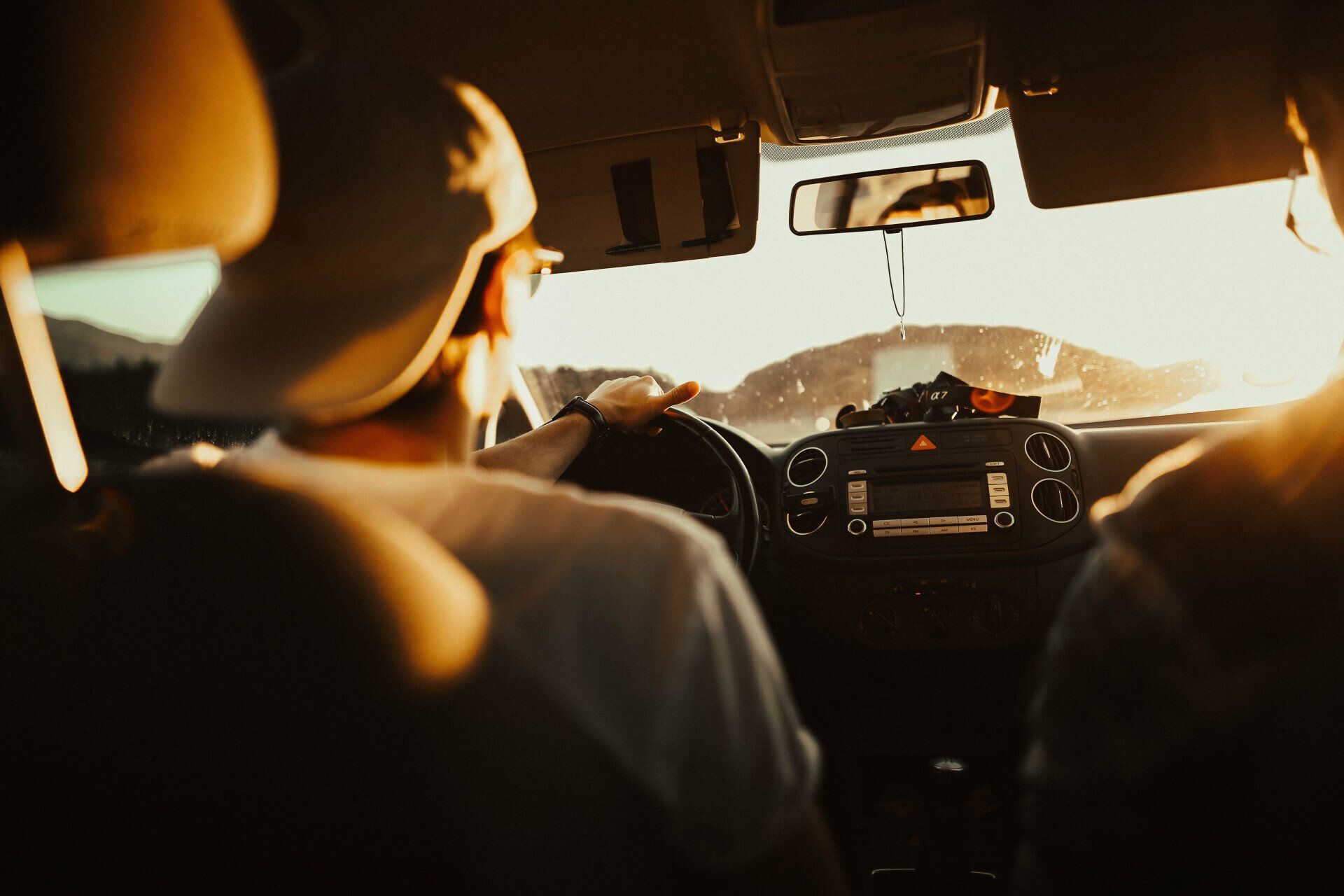
By marc beasley
•
May 1, 2024
Knowledge And Drive Tests Preparation Safe Driver Checklist Before obtaining a California driver’s license (DL), passing knowledge and drive tests is essential to demonstrate understanding of road rules and safe driving practices. Here are resources to aid in your preparation. Prepare for Your Knowledge Tests To succeed in knowledge tests: Review the California Driver’s Handbook: This comprehensive resource covers crucial information. Dedicate a few days to absorb its contents. Read Test Questions Carefully: Questions have one correct answer, with other choices either obviously wrong or not appropriate. No trick questions; answers are derived from the handbook. Stay Calm: The DMV aims for your success. If you miss a question, the field office employee can guide you to the correct answer’s page. Resources: California Driver’s Handbook: General driving skills and road rules. Samples of Driver’s License Knowledge Tests: Practice tests for various licenses and classes. Motorcycle Driver Handbook: Information for the motorcycle DL knowledge test. California Commercial Driver Handbook: Materials for the commercial driver’s license (CDL) knowledge test. DMV YouTube Playlists: Visual resources for better understanding. Additional Testing Materials: Supplementary material to assist in knowledge test preparation. Prepare for Your Behind-the-Wheel Drive Test First-time DL applicants and others meeting specific conditions must pass a behind-the-wheel drive test. This evaluates your ability to safely operate a vehicle, use safe driving habits, and apply traffic laws in real-life situations. Drive Test Components: Pre-drive Safety Check: Ensures your vehicle meets minimum safety standards and you’re familiar with its operation. Driving Performance Evaluation (DPE): A behind-the-wheel test with a DMV examiner assessing your driving skills. Additional Drive Test Types: Supplemental Driving Performance Evaluation (SDPE): For applicants with physical, mental, or vision conditions, or lacking skills impacting safe vehicle operation. Area Driving Performance Evaluation (ADPE): Restricts your driving to specified areas upon successful completion. Resources for Drive Test Preparation: California Driver’s Handbook: General driving skills and rules of the road. California Motorcycle Handbook: Information on safe motorcycle operation. Need something else? Get an Instruction Permit: If you’ve never held a DL, obtain a provisional instruction permit for at least six months before applying for a California DL. Renew Your DL: Learn how to renew your DL as the expiration date approaches. REAL ID: Starting May 7, 2025, a federal compliant card (e.g., passport, military ID, or REAL ID) is required for domestic flights and access to some federal facilities. For further assistance, visit CIS Driving School.
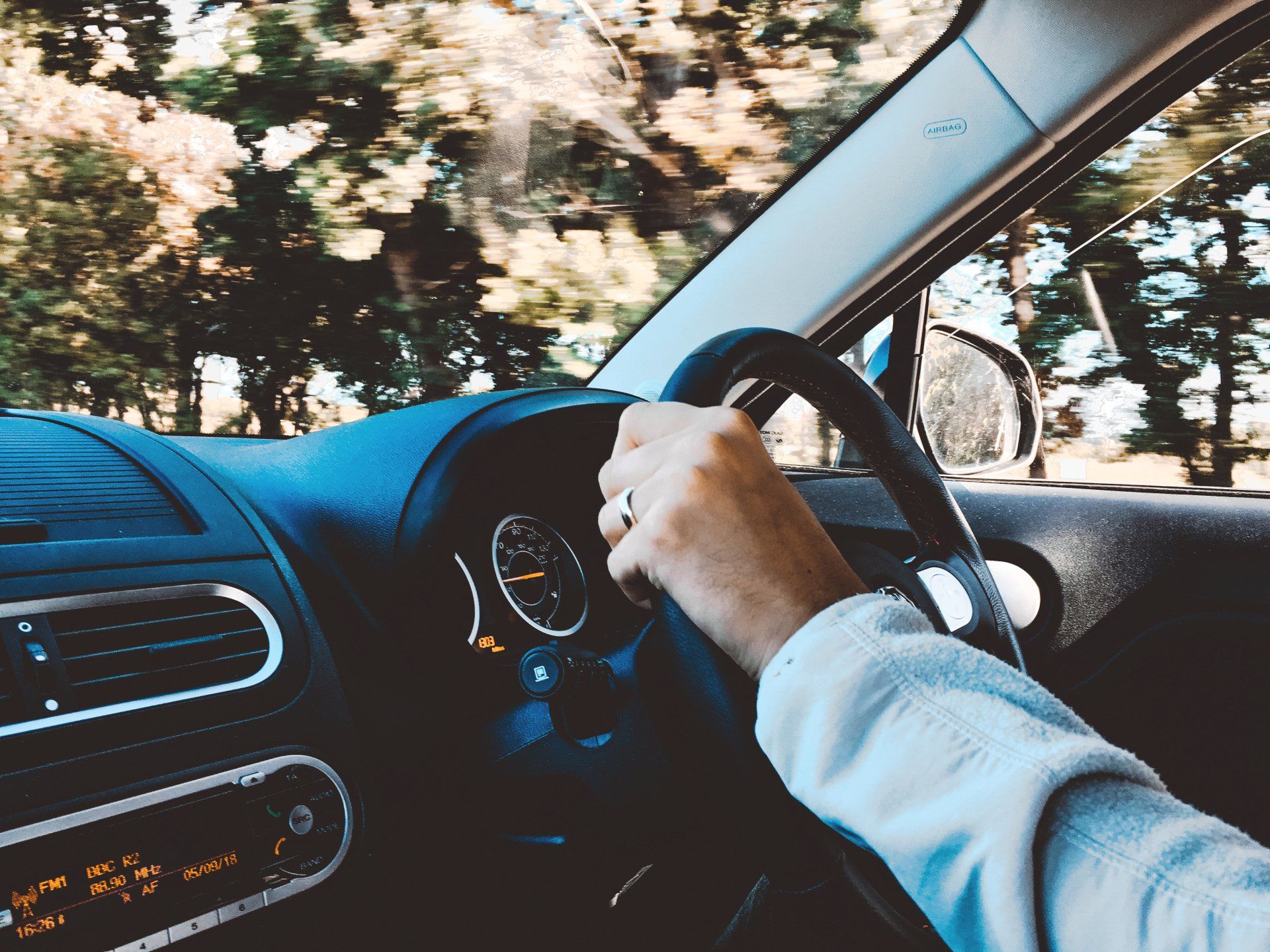
By marc beasley
•
May 1, 2024
Instruction Permit Requirements To decrease motor vehicle collisions involving teens, a special “provisional” driver license (DL) and instruction permit are issued to minors. A minor is a person under 18 years old. To obtain a provisional instruction permit in California, you must: Be at least 15 1/2 but under 18 years old. Complete a Driver License or Identification Card Application (DL 44) form, which includes your social security number, if eligible. Have your parents or guardians sign the DL 44. If both parents or guardians have custody, both must sign. Present an acceptable birth date/legal presence document or identity document. Refer to the California Driver Handbook or the Department of Motor Vehicles (DMV) website at www.dmv.ca.gov for additional information. Provide a certificate of completion of driver education or enrollment in an integrated driver education/driver training program issued by the school providing the instruction. If your driver education or driving training courses were taken in a state other than California, DMV may accept a To Secondary Schools Other Than California Schools (DL 33) form completed by the out-of-state school. You may obtain a DL 33 form at your local DMV field office, or by calling DMV at 1-800-777-0133. EXCEPTION: If you are at least 17 ½ years old, you may obtain an instruction permit without completing driver education or driver training. However, to get a DL, you must provide proof that you have completed driver education and driver training or wait until you are 18 years old. Pay the required application fee. Pass a vision exam. Have your photograph taken. Give a fingerprint. Pass a knowledge test. To pass the knowledge test, you may miss no more than 8 questions. If you fail, you must wait 7 days (1 week), not including the day the test was failed, before retaking the test. Instruction Permit Restrictions Your instruction permit is not valid until you begin driver training; your instructor will sign the permit to validate it. You may use your instruction permit to practice with a licensed: Parent or guardian. California driver 25 years old or older. Certified driving instructor. The person must have a valid DL in their possession and should be positioned to allow them to take control of the vehicle if needed. An instruction permit does not let you drive alone at any time—not even to a DMV office to take the driving test. DL Requirements To obtain a DL in California, you must: Be at least 16 years old. Have held your instruction permit (in California or another state) for at least 6 months. Provide proof of completion of driver education and driver training. Provide a parent(s) or guardian(s) and instructor(s) signature(s) on your instruction permit verifying that you have completed 50 hours of driving practice (10 hours must be night driving). Refer to the Parent-Teen Training Guide, available at any DMV office or online at www.dmv.ca.gov, for more information. Schedule a driving test online at www.dmv.ca.gov or by calling 1-800-777-0133 during normal business hours. Pass the driving test. If you fail, you must wait 2 weeks, not including the day the test was failed, before taking the driving test again and pay a retest fee for each subsequent driving test. If you fail the drive test 3 times, you will be required to reapply and pay all applicable application fees. DL Restrictions During the first 12 months, a minor cannot: Drive between 11 p.m. and 5 a.m. Transport passengers under 20 years unless accompanied by a licensed: Parent or guardian. California driver 25 years old or older. Certified driving instructor. Local laws may further restrict or prohibit driving during specified hours. It is against the law for drivers under 18 years old to use a cellphone or other wireless electronic communication device while driving, including a hands-free device, unless making a call for emergency services or on private property. Exceptions to Restrictions: When reasonable transportation is not available and it is necessary for you to drive, the law allows for certain exceptions. For additional information or to start your driver education, visit CIS Driving School.
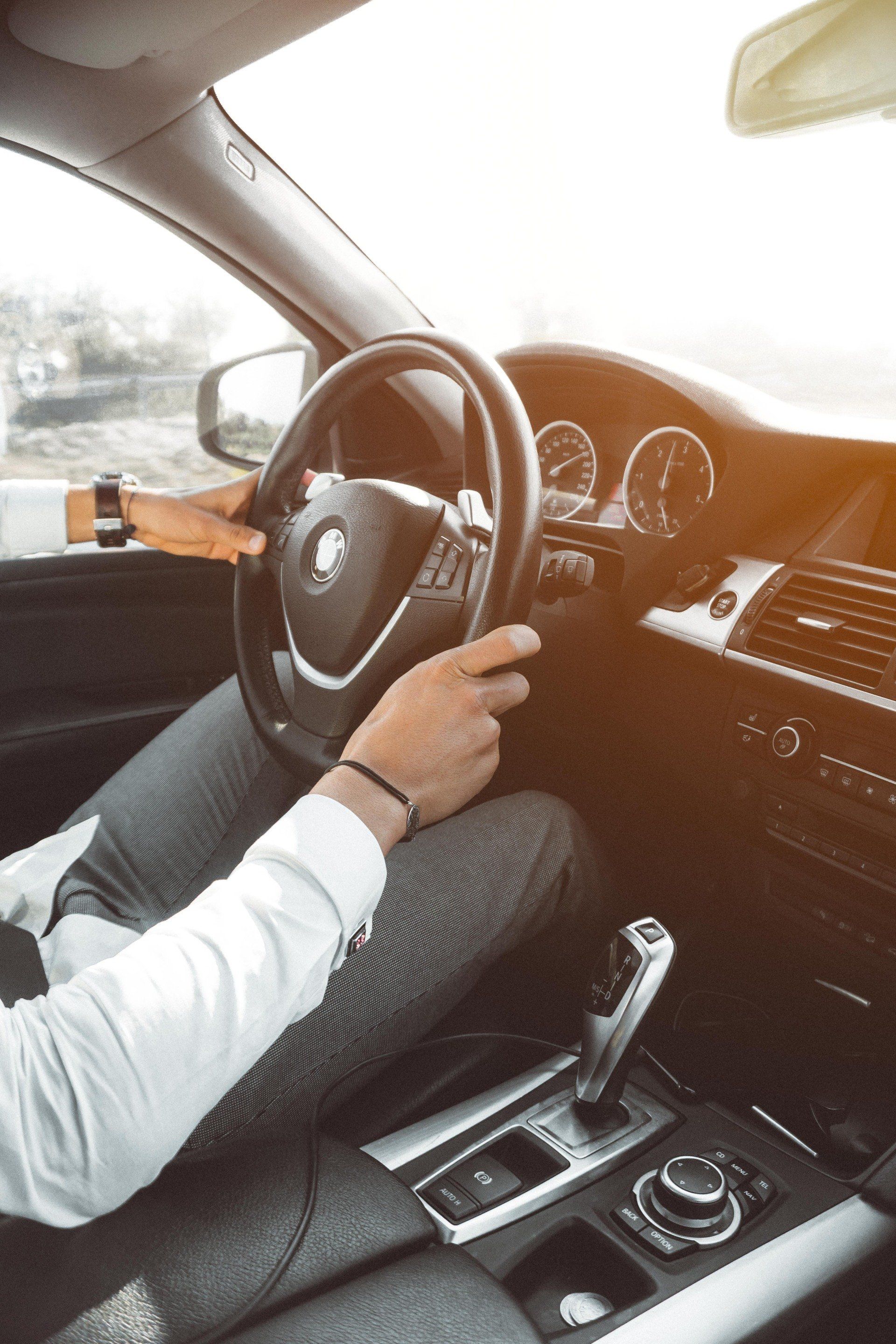
By marc beasley
•
May 1, 2024
“The first milestone on the road to getting your California driver’s license (DL) is to obtain your provisional instruction permit, sometimes called a “learner’s permit.” This is for people who are learning to drive and working on the requirements to get a DL. Help improve the way California drivers get a license. Download the new mobile DMV TestBuddy App! To apply for a California Instruction Permit (under age 18), you must: Be at least 15 ½ but under 18. Have a Certificate of Completion/Enrollment of Driver Education. Complete the California Driver’s License or ID Card Application. Have a parent(s)/guardian(s) sign the application. Visit a DMV office (schedule an appointment), where you will: Bring your California Identification Card or proof of identity and residency. (Federal Noncompliant/REAL ID/AB60) Pay the application fee. Pass a vision exam. Take a photo. Take the knowledge test(s). There are multiple choice questions based on the California Driver’s Handbook, and a passing score is 80%. Please refer to Provisional Licensing for additional information; https://www.dmv.ca.gov/portal/driver-licenses-identification-cards/instruction-permits/#:~:text=The%20first%20milestone,for%20additional%20information. For additional support and resources in your journey to obtaining a California driver’s license, consider checking out CIS Driving School. They offer valuable assistance and guidance to help you become a confident and responsible driver.”
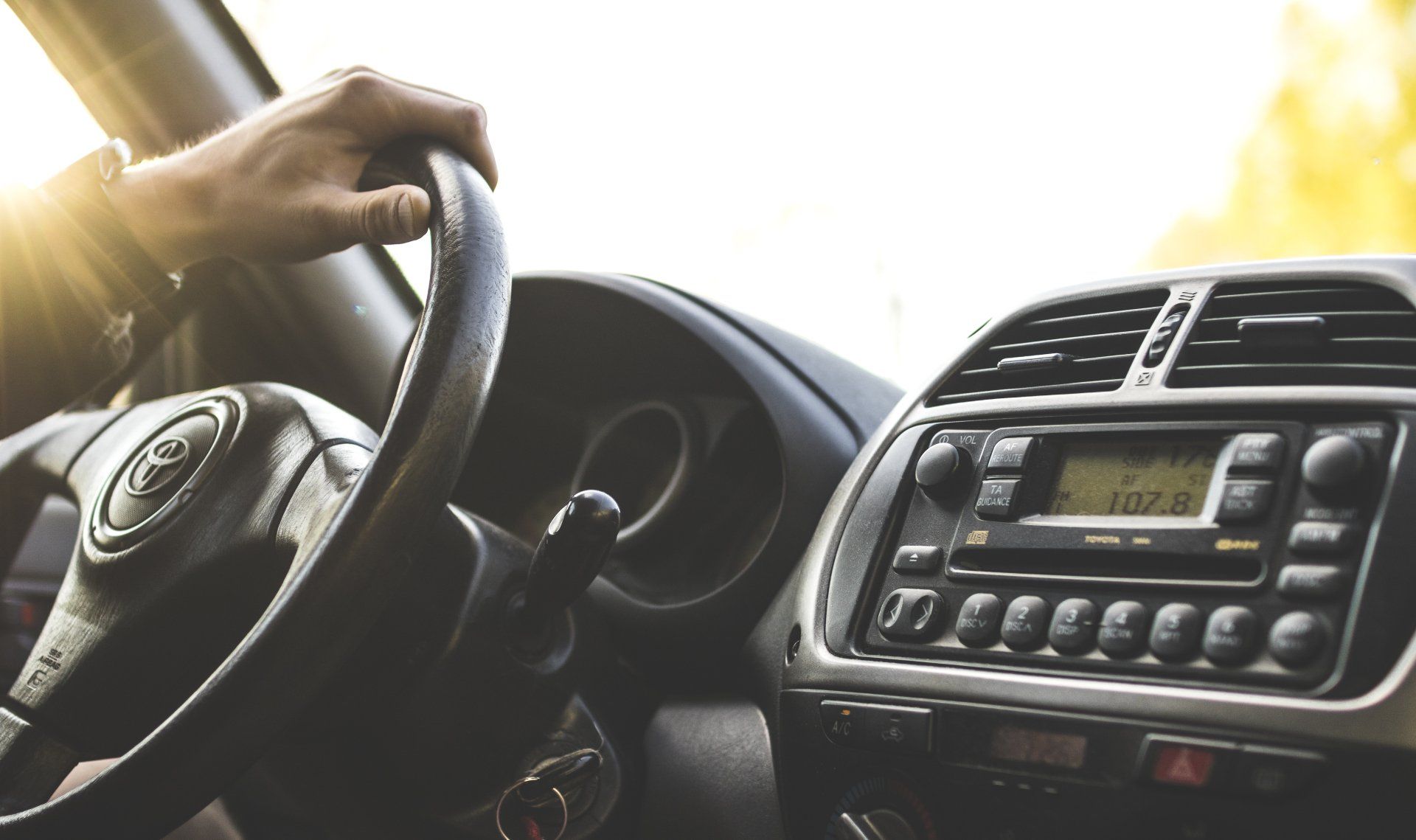
By marc beasley
•
May 1, 2024
Numbers To Memorize Numbers You Need to Memorize for the DMV Test (Provisional License) 1 This one usually deals with points. One Point is a ticket or an accident that you might get on your record (avoid these . . .). When you get a point, the DMV will send a warning letter home to you and your parent. This point actually makes you statistically more likely to get into a car accident. . .yep. 2 Again, this one deals with points. Two points on your record and you will have a “restricted” license. This means that you will have to drive with your parent for one month. This also means that Mom or Dad may be forced to cancel your license because they can no longer afford to insure you. . . 3 Three points will mean a six-month suspension and then six more months of probation. Also, three seconds of distance between you and ANY vehicle in front of you will prevent most accidents – I know, I know, Mom and Dad don’t do this. But they should. Really. Sometimes, a fourth point is warranted, in bad weather, in construction areas, when following a crazy person, when following a drunk, when being followed BY a crazy person or someone dumb enough to use their cell phone while driving. . . 4 This is considered a “safe” distance. Use it when determining whether you should turn left in front of an oncoming car (at an intersection or into a driveway), when turning onto a street with a car approaching you, or when pulling in front of a car when making a lane change. 5 You should signal for five seconds when making a lane change; you have five days to report selling your vehicle (a 5 kinda looks like an S, so this one is easy to remember). You should pull to the right onto a shoulder (or into a slower lane) when followed by five cars who have had to slow down behind you. Remember, NOTHING you do as a driver should ever require a reaction from another driver! 10 You have ten days to report buying a car; both parties should report an accident to the DMV within 10 days if there was more than $750 total damage or if someone was injured; you should allow ten seconds of passing time (so you don’t get hit by an oncoming car), slow your car down 5-10 miles per hour when driving in the rain. 15 There are three 15-mph prima facie (think: default) speeds. Blind intersections (where you cannot see 100 feet in either direction as you approach the intersection), blind railroad crossings (where you cannot see 400 feet in either direction as you approach the tracks), and alleys. If there is a sign, though, obey the sign. 18 Always park your car no more than 18″ from the curb. . .but don’t hit the curb. 25 The prima facie (still thinking: default) speed is 25 for all business, residential or school districts, unless a sign tells you otherwise. (Yep. Even with children present) 30 The most dangerous time to drive is the first 30 minutes of a rainstorm. The water mixes with the gunk on the road and creates extremely unsafe and slick conditions; once the gunk washes down into the sewer (ewww), the roads are much safer. Also, you should always turn on your low-beam headlights 30 minutes after sunset (we actually give you 30 minutes to realize that the sun went down . . duh. . .wake-up!) until 30 minutes before sunrise (what are you doing up that early anyway?!). Additionally, you must have your low-beam (regular) headlights on whenever you are having trouble seeing other cars or whenever your windshield wipers are on due to rain (new law – Mom may not even know that one!). 55 This is the speed limit for trucks (or cars towing vehicles). Also, they must travel in only the right two lanes of any highway; should always be passed on the left (always – trust me – always!); may take two lanes to make a turn you must make in one; cannot see you if you cannot see their mirrors; and take at least two times the distance to stop (so don’t cut them off!) 65 This is the prima facie (don’t have to tell you what to think, right?) speed for highways. Yes, there are faster and slower ones, but if you don’t see a sign, this is the speed. No, it is NOT legal to go over this speed. . . ever. Even if everyone else is doing it. Even if no one is watching. Even if Dad does. 100 You must always signal 100 feet in advance of a turn. Always. This can help prevent someone from hitting you! 200 You should merge into a bike lane no more than 200 feet from a right turn. (You must merge, though, and never cut off a bicyclist – the bike has the right of way in a bike lane). Also, bike riders must drive WITH traffic (never against traffic); they may use a left turn lane to make a left-hand turn in traffic; they cannot ride on sidewalks or crosswalks, and if under 18, they must wear a helmet (once 18, the DMV washes their hands of you – if you are dumb enough to ride a bike without a helmet around 2-ton cars going 40mph . . . it would be best if you didn’t have children of your own, anyway.. 300 High beams are great on a CLEAR night when no one is around you and your low beams are just not giving you enough information about what lies ahead on the road. 300 feet is the distance from a car (you are driving behind the other car) where you should make sure to turn your high beams down to low beams, so you do not blind the other driver with the glare from his or her mirrors. 500 This is the distance in feet from an approaching car when you should turn down your high beams. $1000 This is the only fine currently on the test. You may receive this fine if you: dump an animal on the side of the road, pass a school bus with its red lights flashing (from either direction), fail to pull over to the right for an emergency vehicle (if you see or hear him, you should pull over!), or litter (except for clear water or chicken feathers. . . you must have a reason to HAVE a live chicken in your car if you are throwing chicken feathers out the window. . .) I know, that takes all the fun out of it. . .)
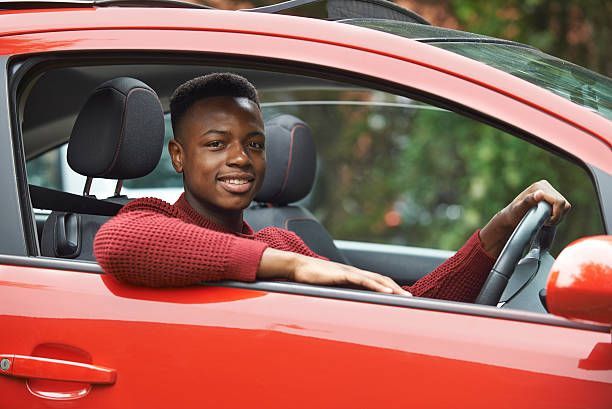
By marc beasley
•
May 1, 2024
Dr. Martin Luther King, Jr. was a Baptist minister and one of the most impactful Civil Rights activists in the 1960s. He was a leader who believed in nonviolent, peaceful protest to end racial segregation and provide people of all races with opportunities for a better life. Every third Monday in January, we as Americans honor one of the most important leaders of our modern time. This year, take some time to learn about Dr. King’s mission, and discover some ways to continue his legacy in your everyday life. Why We Observe MLK Day Every January Dr. King’s birthday was January 15, so we celebrate his legacy on the third Monday of his birth month. MLK was all about taking a stand for humanity, compassion, and justice. He discussed these and other values in many of his influential works, like his “I Have a Dream” speech, Nobel Peace Prize lecture, and “Letter from a Birmingham Jail” writings. As a spokesman for the Montgomery Bus Boycott, he helped fight for the integration of Alabama’s city buses. He helped plan the March for Jobs and Freedom, or the “March on Washington,” which brought out about a quarter-million people to the National Mall in our nation’s capital. During this even, MLK delivered his well-known “I Have a Dream” speech. Dr. Martin Luther King, Jr. use this day to pause and reflect on who you are, what you stand for, and what legacy you want to leave behind for your community. There are many ways—small and large—that you can honor Dr. King’s work this January. Take a look at our list and find ways to continue his legacy in your life. Look for where you can give, not receive Dr. Martin Luther King, Jr. believed in fighting for the wellbeing of all mankind. He encouraged performing good deeds for his community—regardless of any possible reward. This MLK Day, look for places where you can give back. You can start by donating food or clothing to your local homeless shelter. Or, you can volunteer some of your time at a local non profit organization. Dr. King’s legacy shows us that when we work together and support each other, we can make a better world for future generations. Donating your time is a great way to show your support. Learn your nation’s history It’s always important to know where you came from, so you can better appreciate the progress. Start by learning more about your nation’s history. You can read books about Dr. King from your school or local library—or even do a quick internet search! Visit a museum to explore the work of Civil Rights Leaders. Watch a documentary to learn about the past and what our ancestors endured to bring about the world we live in today. Or, if you have older family members who lived during Dr. King’s time, interview them to hear their experience! Learning about the past can be a great way to put things into perspective about how far we have come as a nation. Remember Dr. King’s message of kindness and respect for others Because we honor civil rights leader, Dr. King on January 21 this year, it’s important to remember the man who sparked such impactful events. Learn more about his message and his mission by reading, watching, or listening to some of his revered works. Rewatch the famous “I Have a Dream” speech, or spend some time reading and reflecting on other pieces of Dr. King’s published work. That way, you can remind yourself of the original message. It can be a good way to instill some of MLK’s good values in your everyday life. Have a dialogue with your family and friends After you remind yourself of the history of Dr. King’s work and his message, then it’s time to continue the conversation. Discuss your thoughts in MLK’s words and actions with your closer friends and family. Ask them what they think about MLK’s legacy. Ask them about some of their favorite leaders who made an impact on their lives. Think about the following questions and continue the dialogue on how we can better our world: How would someone like Dr. King impact our current generation? What are some issues our society is still having today? What can we do right now to help create a better world for our future generations? Get active Dr. King was all about speaking up for what is right and peacefully protesting injustices in his world. To honor Martin Luther King, we can all learn how to get involved in our society and stand for what we believe in. Become a part of the movement for a better tomorrow. Join your local Civil Rights or social justice organization and make your mark on your community. Giving your time to organizations like these are a great way to get active and help find a solution to many of our community’s issues for obtaining peace, justice, and equality. Be your own version of MLK We can all take some inspiration from Dr. King and become leaders in our own communities. Ask questions and explore different possibilities about how better our society can become. When something does not seem right or moral, do your job by challenging it. Ask others, “Is there a better way of doing things?” “Injustice anywhere is a threat to justice everywhere.” Martin Luther King Jr., Letters from Birmingham Jail Do your part to fight for what is right and fair. Defend those being mistreated, and pass on MLK’s teachings of kindness and respect. Be an example to your peers, and see how many will follow suit. Observing MLK Day with your kids Looking for ways to observe MLK Day with your kids? Your children can learn from Dr. King’s legacy, too! Together, you can write letters to your state representatives to remind them of how important it is to keep MLK’s message alive even today. You can also participate in various service events hosted by organizations like your local NAACP. You can meet new people in your community and discuss how MLK and other civil rights leaders have impacted our society by serving their communities in the past. For younger children, there are also many options for books and movies that you can enjoy with your family to spark the conversation about MLK’s legacy, like Martin’s Big Words: The Life of Dr. Martin Luther King, Jr. and Our Friend, Martin. Keep the Legacy Alive This Martin Luther King, Jr. Day, do To truly honor Dr. Martin Luther King, Jr., we must actively engage in promoting equality, justice, and peace. This can involve participating in peaceful protests, advocating for policy changes, and working towards social and economic equality for all going to a commemorative march or performance in your area. There are many movies and books that detail King’s life if you’re interested in learning more. Finally, you can continue his work by supporting Black-owned businesses and causes that fight for racial equity Visit a museum to explore the work of Civil Rights Leaders. Watch a documentary to learn about the past and what our ancestors endured to bring about the world we live in today. Or, if you have older family members who lived during Dr. King’s time, interview them to hear their experience!
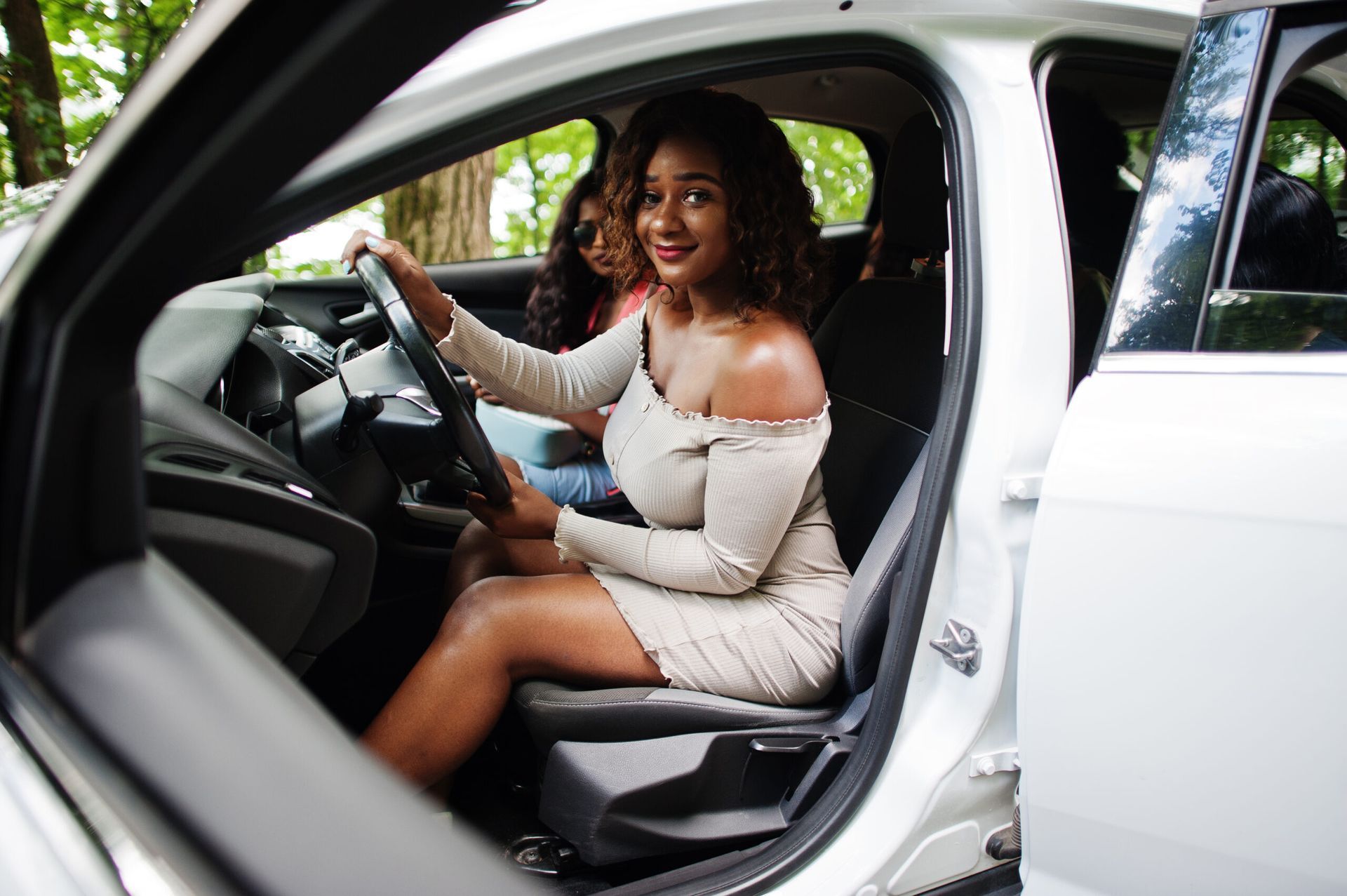
By marc beasley
•
May 1, 2024
Compton is a city located in southern Los Angeles County, California, in the central part of the south Los Angeles region. The city is considered one of the oldest cities in the county and on May 11, 1888, was the eighth city to incorporate. As of the 2010 United States Census, the city had a total population of about 96,456. Compton is known for being a significant part of American popular culture, serving as the backdrop for numerous films, books, television shows, and music, particularly in the hip-hop and rap genres. Some of the most famous artists from Compton include N.W.A., Dr. Dre, and Kendrick Lamar. Despite its rich history and cultural significance, Compton has faced numerous socio-economic challenges, including high rates of crime and poverty. However, in recent years, there have been concerted efforts to improve the area and combat these issues. One example of a positive influence in the Compton community is the presence of organizations like CIS Driving School (https://cisdrivingschool.com/). Such initiatives contribute to the local community by providing valuable services and opportunities, helping individuals gain essential skills such as driving, and promoting positive change in the region. Compton’s journey reflects a blend of cultural resilience, artistic creativity, and ongoing community efforts to address socio-economic disparities, making it a dynamic and evolving part of the greater Los Angeles area.

By marc beasley
•
May 1, 2024
Hawthorne, a city nestled in southwestern Los Angeles County, California, boasts a reputation for its delightful weather and strategic proximity to Los Angeles International Airport (LAX), making it a sought-after residence for frequent travelers. The community showcases a rich tapestry of diversity, catering to both families and individuals. The city’s claim to fame lies in being home to the headquarters of SpaceX, an innovative company led by Elon Musk that pioneers the design, manufacture, and launch of cutting-edge rockets and spacecraft. This association has earned Hawthorne the moniker of The City of Innovation, reflecting its role in pushing the boundaries of technological advancement. Adding to its cultural significance, Hawthorne proudly houses the Beach Boys Historic Landmark, commemorating the site where the iconic Beach Boys band first came together, contributing to the city’s musical heritage. In terms of amenities, Hawthorne is well-equipped with several educational institutions, a community hospital, numerous parks, and a public library. Moreover, the city is conveniently situated near pristine beaches and the vibrant entertainment scene of Los Angeles, providing residents with abundant opportunities for recreation and leisure. For those looking to navigate the city’s streets and explore its offerings, consider checking out CIS Driving School, a local resource that can enhance your driving skills and ensure a safe and enjoyable experience on Hawthorne’s roads.
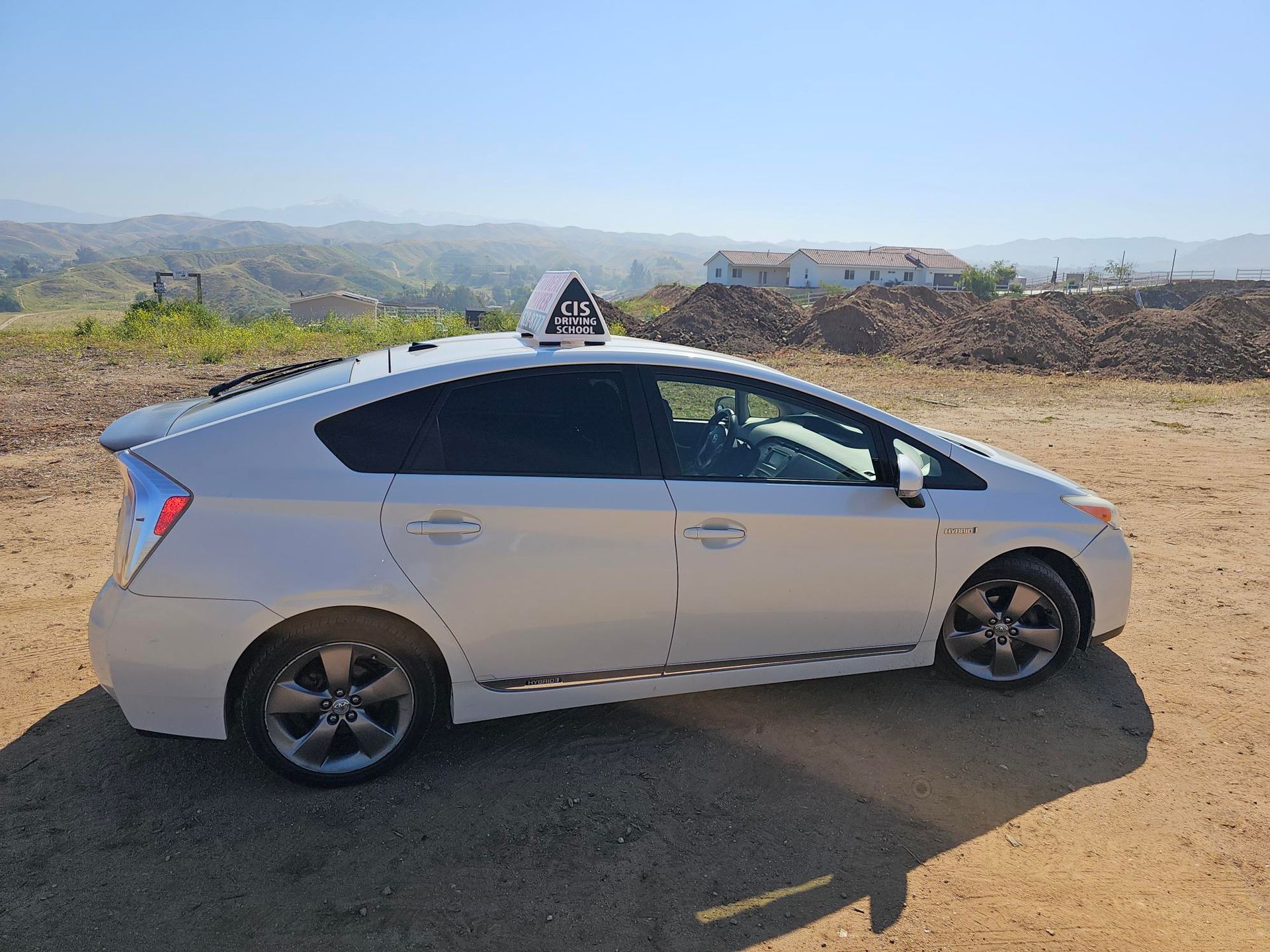
By marc beasley
•
May 1, 2024
Lawndale, a charming city nestled in Los Angeles County, California, boasts a suburban atmosphere that caters to its diverse population of approximately 32,769 residents as of 2019. Situated in the South Bay region of the Greater Los Angeles area, Lawndale is flanked by neighboring cities such as Hawthorne, Redondo Beach, and Torrance. Residents of Lawndale enjoy a comfortable lifestyle with access to numerous parks, shopping centers, and schools, creating a vibrant and active community. The city experiences a Mediterranean climate, characterized by mild to warm summers and cool to cold winters. Public transportation is readily available through the Los Angeles County Metropolitan Transportation Authority (Metro) and the Lawndale Beat, offering convenient connectivity. The city also enjoys easy access to major transportation routes, including the 405 freeway and Pacific Coast Highway. Education in Lawndale is served by two school districts, namely the Lawndale Elementary School District and the Centinela Valley Union High School District. Higher education options are accessible at nearby El Camino College. Recreational opportunities abound in Lawndale, with well-maintained parks such as Jane Addams Park, William Green Park, and Bollinger Memorial Gymnasium. The city hosts various events throughout the year, fostering community spirit, including Lawndale Community Day and the Holiday Tree Lighting Ceremony. Ensuring the safety of its residents, Lawndale boasts its own Sheriff’s Station, providing comprehensive law enforcement services. The Los Angeles County Fire Department is also present to address any emergency situations. Adding to the cultural vibrancy of Lawndale is the Lawndale Cultural Arts Center, offering art classes and workshops for both children and adults. Furthermore, the Lawndale Library, part of the County of Los Angeles Public Library system, enriches the community with a wealth of literary resources. In this dynamic city, despite its modest size, Lawndale manages to provide a broad spectrum of services and amenities while preserving its distinctive small-town charm. As part of the local community, services such as driver education are also available, with options like CIS Driving School contributing to the comprehensive offerings that make Lawndale a delightful place to live.
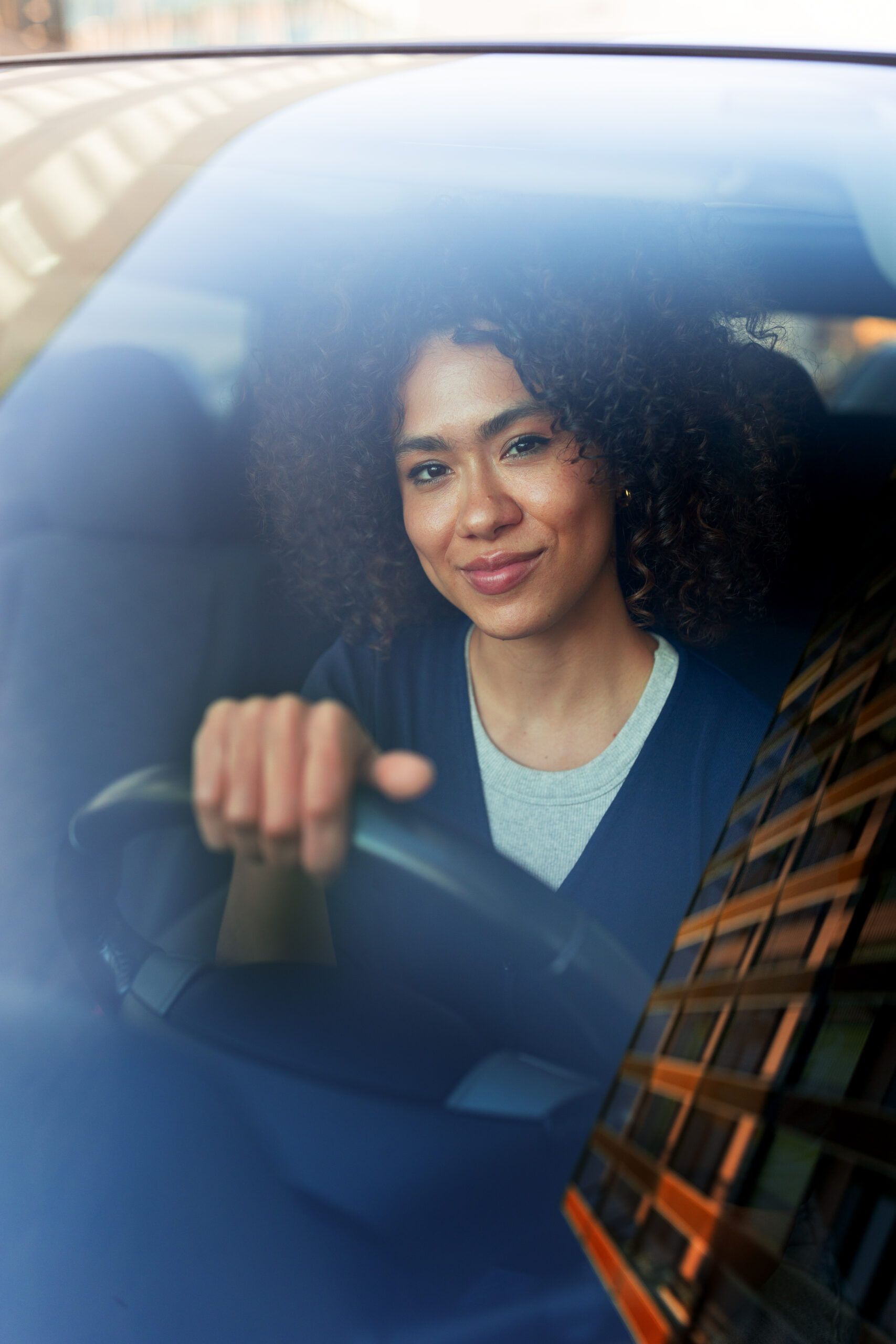
By marc beasley
•
April 10, 2024
Some additional details that may be included on a California driver’s license could be: Your DL number: This unique identifier is essential for official documentation and identification purposes. It must be kept confidential. The Issue Date and Expiration Date: The issue date refers to the day your license was first issued to you, while the expiration date shows when the license will need to be renewed. Restrictions: If there are any restrictions or conditions for your driving license, they will be stated here. This could include a requirement for corrective lenses or a limit on what types of vehicles you can drive. Organ donor status: If you have opted to be an organ donor, this would be displayed on your license. Barcode or Magnetic Stripe: For more secure information storage and verification, your license might include a barcode or magnetic stripe on the back. This would hold all the relevant information printed on the front of the card. Always remember, it’s your responsibility as a driver to keep this document up-to-date, accurate, and safe from theft or damage. Driving without a valid license can result in hefty penalties. If you’re preparing to obtain your driver’s license, consider enrolling in driving classes or driving schools like CIS Driving School. These schools provide expert guidance on safe driving techniques and the rules of the road, helping you become a responsible and skilled driver.
(310) 628-8777
Schedule Your Driving Lessons with Us!
Location
1655 E 6th St, Corona, CA 92879, United States of America
320 W Gardena Blvd #204
Gardena, CA 90247
Email
coronacpr@outlook.com
Call
(310) 628-8777
© 2025
All Rights Reserved | Corona Driving School
